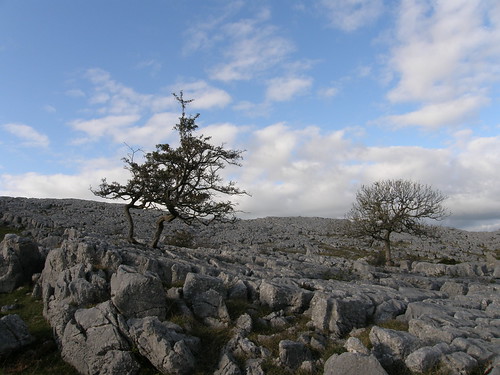My daughter gets homework from school, 10 spellings per week and a series of books to read. This morning she was reading ‘The Flying Elephant’ to me and her brother.
“It rained, and rained, and rained.” She read. “That means it rained three times as much,” she added as an aside.
By that token, yesterday it rained, and rained, and rained, and rained, and rained, and rained, and rained, and rained, and rained. And then rained some more for good measure. At least ten times as much. In the afternoon we were in Kendal, and the river Kent was running very high. This morning I heard that the A6 was closed at Buxton due to flooding. It’s a good job that the wedding we went to there was last weekend and not this.
I saw the BBC forecast last night and it was suggested that the bad weather would be heading south, and that northern England could expect some brighter weather, but where the dividing line might be was entirely unclear. When we got up this morning, it seemed possible that we were right on that line. To the north the sky was blue and cloudless, to the south, completely overcast. As the morning went on the sky slowly cleared and a lovely morning developed.
The latest edition of Broadleaf has a stunning cover showing limestone pavement at Gait Barrows nature reserve. Inside they’ve asked ten people to chose two places each to make ’20 Woods to See Before You Die’. Some of the contributors you may have heard of: Robert Macfarlane, Richard Mabey, Thomas Pakenham. Gait Barrows is the choice of writer and photographer Archie Miles and it’s his photo on the cover.
We frequently visit Gait Barrows, but usually to walk around Haweswater. We haven’t visited the large open area of limestone pavement for quite some time. So this morning we did.
The sun was really shining and these Guelder Rose berries were basking in it, glowing almost with their own inner light.

I’m sure that they weren’t quite this pink though.
There were a few butterflies about. And some wildflowers to see:


We examined a few spider’s webs. As ever, B found a worm to play with:

Last weekend, whilst the wedding ceremony was drawing to a close, he caught a worm and pulled it in two. He was delighted when the two halves sped off in opposite directions.
The real star of the show, however, was the limestone pavement. You can clamber on it:

Have a wander around:

Fish for pond weed in small puddles on its surface:

Or just take photos of it:


The very modest hill is marked with a small commemorative cairn.


In this bright light it was hard not to take photos of everything. Well, I wasn’t trying very hard to resist the temptation.

Yew Berries
The dragonflies I’m sure were enjoying the unaccustomed warmth, basking on the limestone pavement:

Or a drystone wall:

The Bryony berries are now all ripe and looking like they ought to be brimming with delicious juice, rather then poison:


Haws



















































